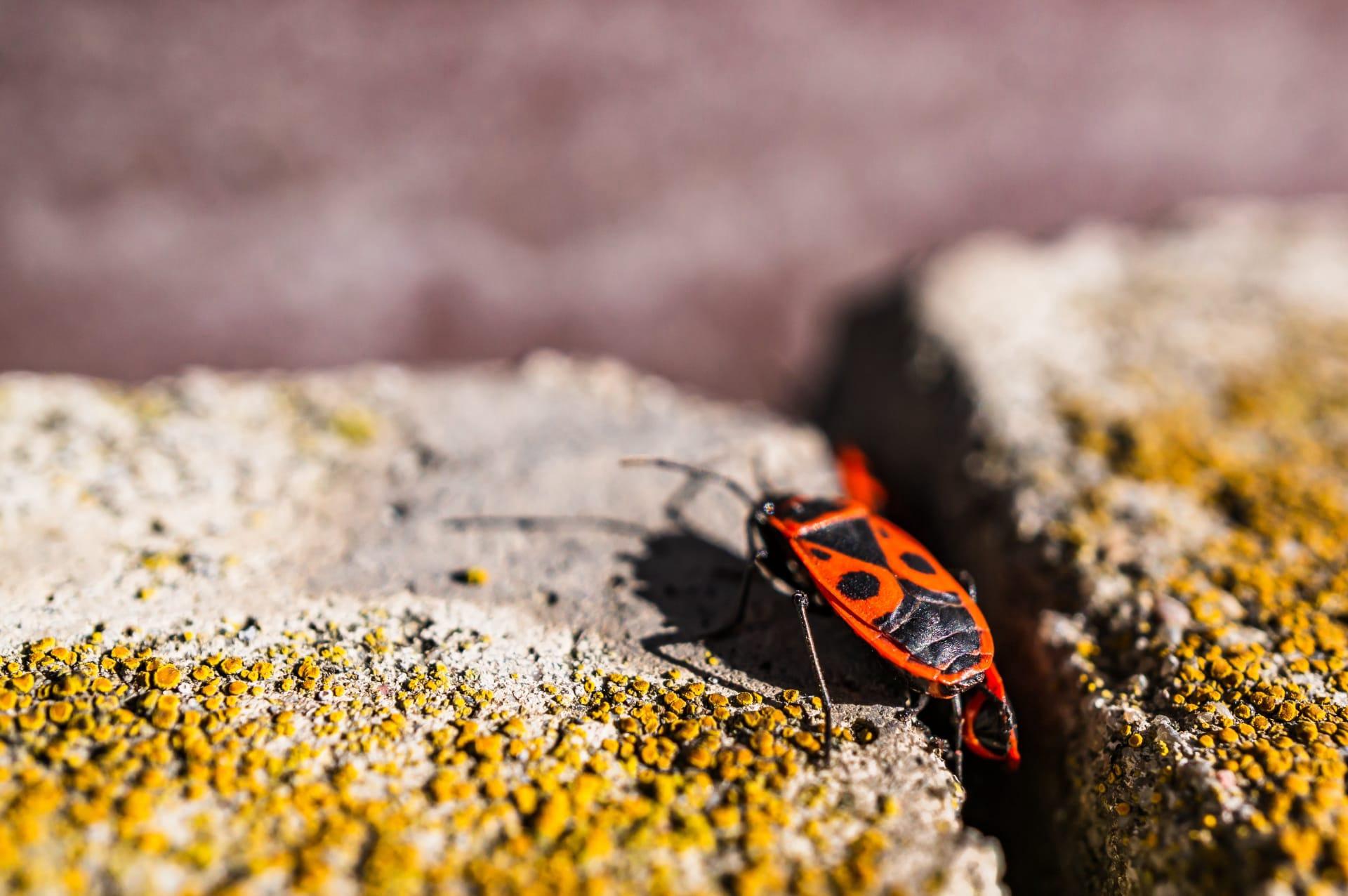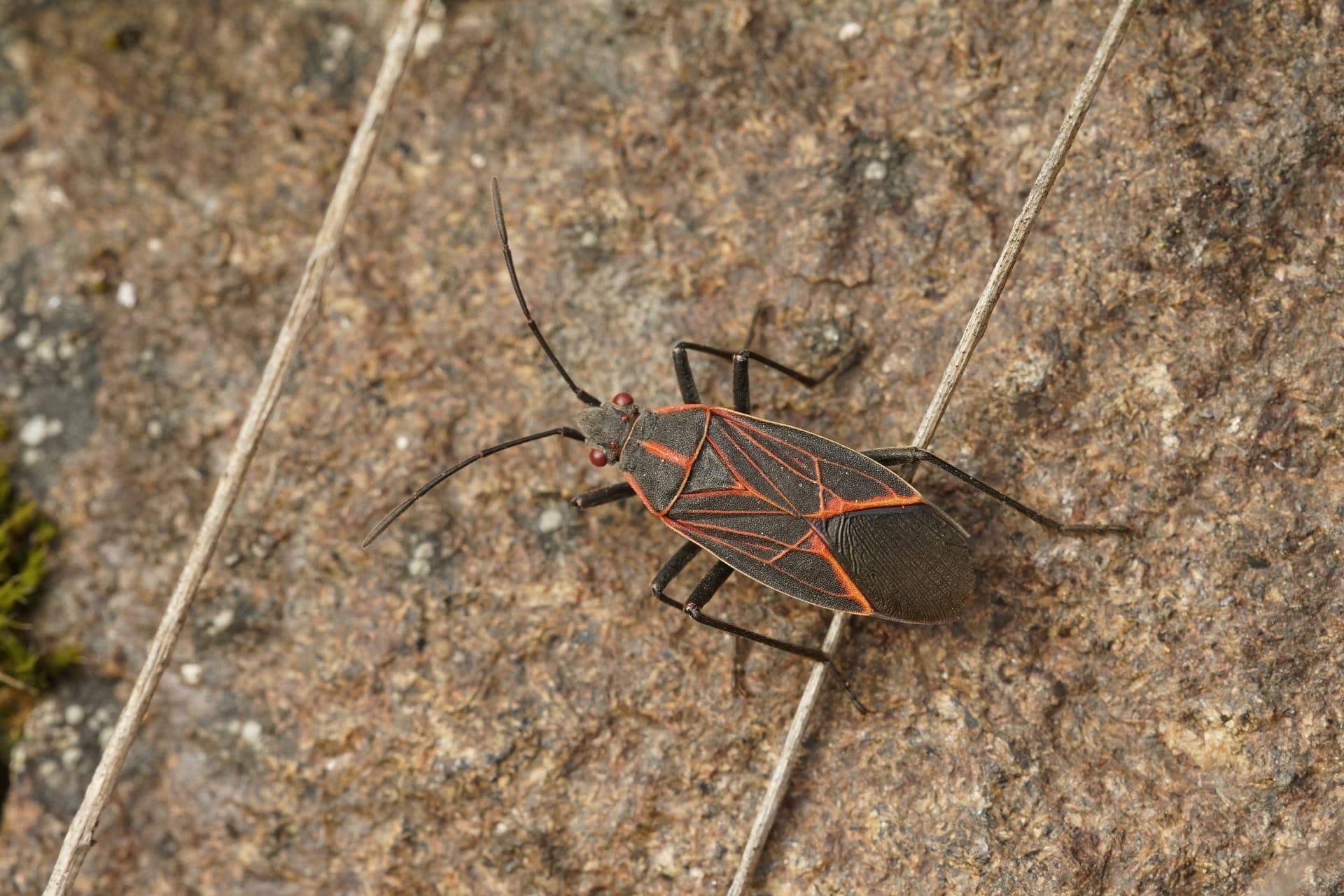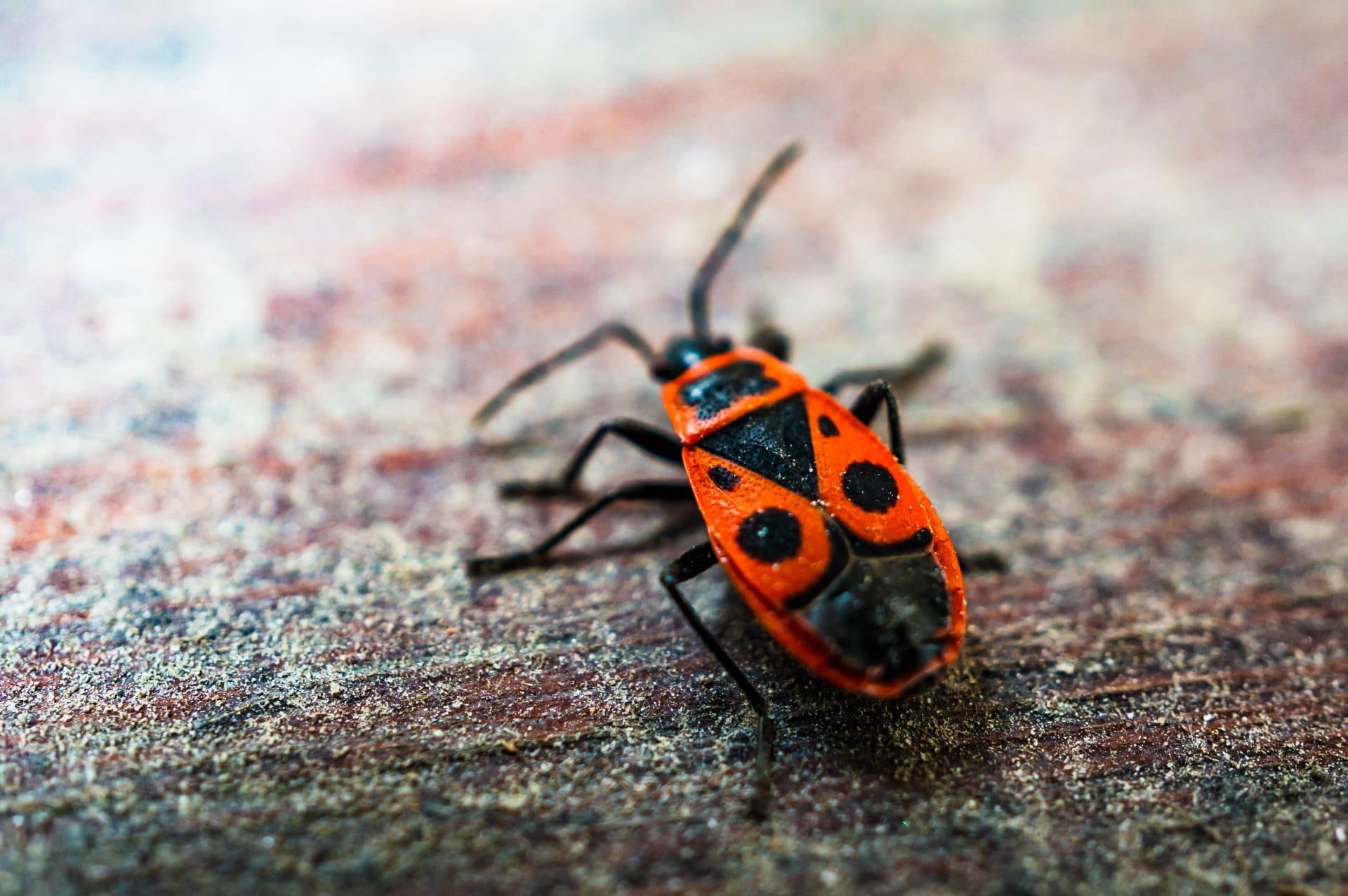1
Boxelder bugs, known scientifically as Boisea trivittata, display a fascinating form of temperature regulation. Unlike many insects, they use the sun's warmth to regulate their body temperature. On cool days, you can often find them basking in the sun to raise their body heat. They need a temperature of at least 70 degrees Fahrenheit (21 degrees Celsius) to be active. This solar-powered lifestyle explains why they're often seen on the sunny sides of trees, rocks, and buildings.
Another intriguing aspect of boxelder bugs is their diet. They primarily feed on the sap of the boxelder tree, particularly from the female tree which bears the seeds. What's fascinating is their ability to extract the liquid from the seeds, despite their hard, protective shell. Using their specialized mouthparts, they pierce the seed's surface to reach the nutritious sap inside. This diet is quite specialized, as they are rarely seen feeding on other types of trees.

2
Boxelder bugs are also notable for their vibrant coloration. They have striking black bodies with distinctive red or orange markings. This vivid coloration is not just for show; it serves as a warning to predators. In the animal kingdom, bright colors often signal that a creature is toxic or tastes bad. While boxelder bugs are not poisonous, their bitter taste deters many would-be predators, a classic example of Batesian mimicry where a harmless species mimics a harmful one.
Another intriguing fact about boxelder bugs is their social behavior. Unlike many insects that are solitary, boxelder bugs are known for their aggregative tendencies. During the fall, they gather in large groups on the sides of buildings, trees, or rocks to keep warm and to find mates. This social gathering is a survival mechanism, helping them to maintain a stable temperature and to increase their chances of reproduction. The sight of hundreds, sometimes thousands, of boxelder bugs clustered together can be both fascinating and unnerving.

3
Boxelder bugs have an unusual developmental process. They undergo what's called incomplete metamorphosis, meaning they don't have a pupal stage like butterflies or moths. Instead, they hatch from eggs as nymphs, which look like miniature versions of the adults but without wings. These nymphs undergo five stages, called instars, each marked by molting and growth. It takes about 60 days for a nymph to become a fully grown adult, depending on temperature and food availability.
These bugs have also adapted to survive cold winters, a trait not common in many insect species. As temperatures drop, they seek shelter in cracks and crevices in trees, rocks, and even in homes. This survival strategy explains why they are often considered a nuisance in households. Their ability to enter diapause, a form of hibernation, allows them to survive in a dormant state until the arrival of warmer weather. This adaptation ensures their survival through harsh winter conditions.

4
The flight capabilities of boxelder bugs are another fascinating aspect. Despite their small size, they are strong fliers. They can fly several miles, which helps them colonize new areas and find food sources. Their wings, which are usually hidden under their colorful back plates, are quite efficient and enable them to make these lengthy flights. This ability is crucial for their survival, especially when seeking out new boxelder trees for feeding.
Boxelder bugs also play a role in the ecosystem, despite being seen as pests. They are food for several predators, including birds, spiders, and other insects. This makes them an important part of the food web. In a way, their large populations provide a steady food source for these predators, helping to maintain the ecological balance. Although they might be a nuisance for humans, they serve a purpose in nature's complex web of life.

5
The mating behavior of boxelder bugs is quite unique. They typically mate in the spring, with females laying eggs on the leaves of boxelder trees. What's interesting is the sheer number of eggs a female can lay - up to about 250 eggs during her lifetime. These eggs are strategically laid in the crevices of tree bark or other sheltered areas to protect them from predators and environmental factors.
Lastly, boxelder bugs are known for their resilience. They can survive in a variety of environments, from arid regions to urban settings. This adaptability is remarkable, considering their specific dietary needs. They thrive in areas where boxelder trees are present, but they have also been found living successfully in other environments, showing a remarkable ability to adjust to different habitats. Their success in diverse environments underscores their resilience and adaptability as a species.